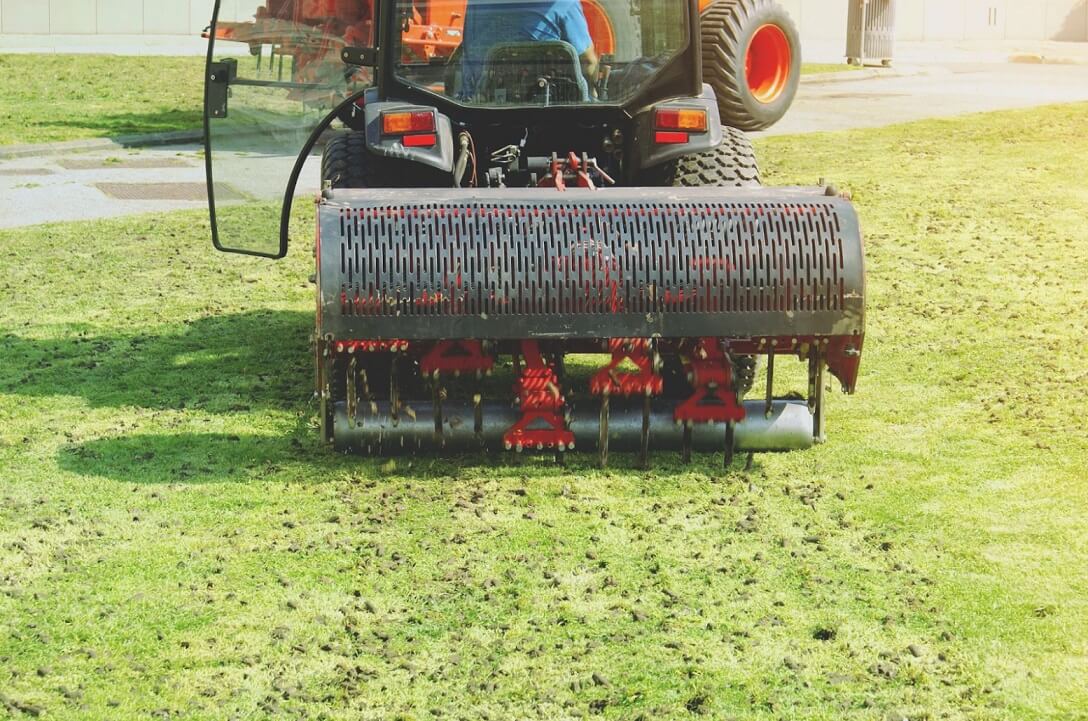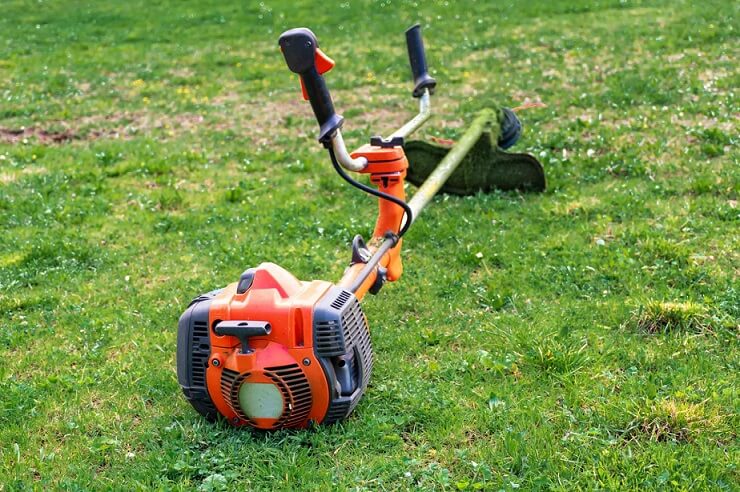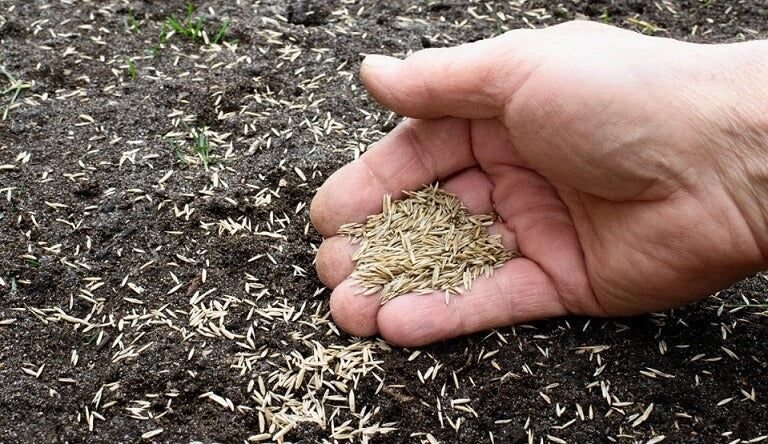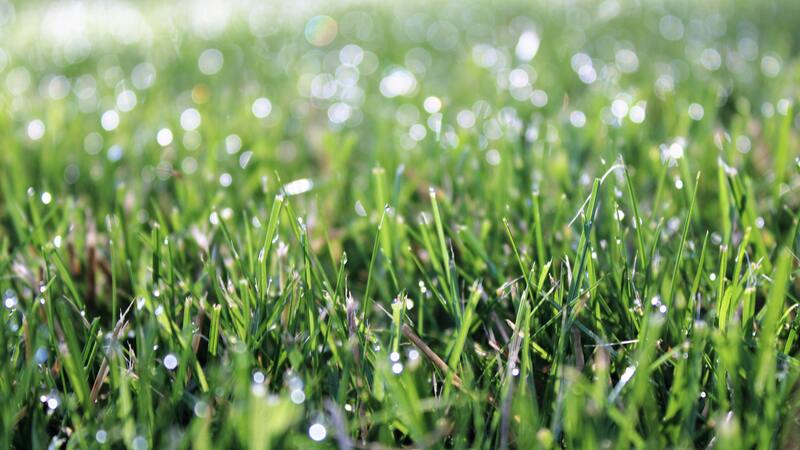As the weather gets colder, it’s time to prepare for the long winter season.
While you’re preparing a good stock of food and remedies and weather-proofing your pets, don’t forget to adjust your lawn care routine, including when to stop mowing your grass.
Knowing the right time to take this step can significantly impact the health of your lawn. Let’s find out the ideal time for the last grass cut before winter.
Why You Should Stop Mowing Your Lawn in Winter
Should I stop mowing my lawn in winter? Not even mow once?
Some of you may wonder. Well, grass will enter dormancy during winter, and cutting your lawn during winter might bring a lot of harm.
Uneven Cutting: Grass blades turn brittle due to colder temperatures, so mowing can cause them to tear and rip instead of cutting cleanly.
Wet Grass: The chances are the lawn is frozen or wet most of the time. Mowing a wet lawn can leave it open to fungal diseases like snow mold, which can thrive under snow and wet leaves.
Risk of Damage: The grass may not be able to recover, making it more susceptible to permanent damage. Additionally, driving a mower over wet, soft soil can compact the ground, which damages the turf and can lead to bare patches in spring. And you'll have to do lawn aeration.
Safety Hazard: Cutting brittle and wet grass is more labor-intensive and may pose hazards. Mowing wet grass is more challenging for your mower and yourself. It’s cold outside, and the ground is damp—it’s not just time-consuming but also dangerous to mow in harsh environments.

Signs That Tell You to Stop Mowing in Winter
When should you mow your lawn for the last time in the season? There’s no specific calendar date to follow. Pay attention to growth and temperature, and look for the signs that send a signal for a final cut.
Slow Grass Growth
As temperatures drop and daylight hours shorten, grass growth will slow down considerably. If it takes more than a week to grow back after a cut, it is a good indicator that mowing is no longer necessary.
If you’re not 100% sure whether it’s the right time to stop, look for other signs to help you make a decision.
Dormancy Indicators
Some grass types, particularly cool-season varieties, will naturally enter a state of dormancy as temperatures drop.
Dormant grass is typically a tan or yellowish-brown color all over. This coloration is a clear signal that growth has halted.
Or you may perform a “tug test” on a small patch to tell if the grass is dormant. Dormant grass will be resistant because the roots are still in the soil, while dead grass will come up easily.
Frost and Freezing Temperatures
When your local forecast shows daytime highs are consistently below 50°F (10°C), or when the first frost appears, it’s time to put your mower away.
Mowing frosty or wet grass can damage the blades, leading to brown patches that take time to heal in spring. Also, freezing temperatures make grass more brittle, increasing the risk of injury during mowing.

Fallen Leaves
The shedding of leaves often signals that the lawn is entering dormancy. You may still need to use the mower to mulch fallen leaves until they are all down, even after the grass has stopped growing.
Note: The timing of these cues depends heavily on your location and grass type.
Reference About When to Stop Mowing in Winter in the USA Regions:
|
Region |
Typical Grass Types |
General Timing to Stop Mowing |
|
Northern States & Midwest |
Cool-season grasses (Fescue, Kentucky Bluegrass, Ryegrass) |
Growth typically ceases in late October to November, or when soil temperatures drop below 40°F. |
|
Southern States |
Warm-season grasses (Bermuda, St. Augustine) |
Mowing may continue as long as the grass is still growing. This can be as late as late November or early December in some areas. |
|
Transition Zone |
Mix of cool- and warm-season grasses |
Timing is highly variable, often in mid-to-late November, depending on the specific microclimate and temperature fluctuations. |
|
Mild Winter Regions |
Warm-season grasses |
Mowing frequency simply decreases, and you may need to mow occasionally throughout the winter if the grass exceeds a height of 3 inches on a mild, dry day. |
What If You Need to Mow Your Lawn in Winter?
It is not recommended to mow your lawn during winter. If you have to mow, mow less frequently, mow only when the grass is dry, and mow with the right tool.
For example, mowing with a robotic lawn mower can save you the trouble of gearing yourself up to handle the cold outside. It will mow the lawn automatically in harsh weather.
The Navimow i105 robotic lawn mower can autonomously mow lawns up to 0.125 acre, using a wire-free system with satellite and AI-vision-based positioning for centimeter-level accuracy.

It can be controlled via a smartphone app for scheduling and managing different zones, and mowing pattern customization, so you can set a schedule and let the machine mower operate autonomously while sitting inside to stay cozy.
With its waterproof and durable construction, the i105 mower is built to withstand various weather conditions, and it can automatically return to its charging station in case of rain or other adverse conditions. It knows when it's the best time to cut the grass.
Tips for the Final Cut in Winter
The final cut is as important as knowing when to stop mowing to ensure that your grass remains healthy and ready for spring. Here are some important tips to keep in mind for your lawn’s last cut of the season.
Timing is Key
Timing your last mow is crucial. Aim to cut your lawn when the grass is still growing but before the first heavy frost. This typically means planning your final cut when temperatures begin to drop, but there is still sufficient moisture in the ground.
Wait for Dry Conditions
Never mow when the grass is wet or frosty. A warm day with no rain is ideal for a final cut. Avoid mowing your lawn when it’s wet, as this can lead to clumping and uneven cuts, and may even damage the grass.
Further reading: How to tell if the grass is dry enough to cut?
Clean Up Debris
Before mowing and winterizing your tools, don’t forget to clean up the lawn. Leaves, branches, and other yard waste can become smothered under snow, leading to mold growth and dead patches when spring arrives. A thorough cleanup will also help your mower perform better.

Mow at the Right Height
Know the best height to cut grass for the winter season. Set your mower blades to a higher setting than usual, leaving the grass at about 2 to 3 inches tall. Cutting the grass too short can expose the roots to harsh winter conditions and make your lawn susceptible to diseases.
Leave the Clippings
Use a mower with mulching mode to chop grass into clippings, leave them over the lawn, and let them decompose and act as a natural fertilizer for the lawn. If your mower doesn’t produce clippings, consider using a winter fertilizer to boost the grass before winter.
Conclusion
As winter approaches, start to pay attention to the weather. The golden rule for when to stop mowing your lawn is to keep mowing as long as the grass is still growing. Together with other signs, you will find the perfect timing for a final cut. And don’t forget to follow the tips above for the final cut. A little preparation now will lead to a lush and vibrant lawn when warm weather returns. Enjoy your winter lawn care!
FAQ
What temperature is too cold to mow grass?
It is too cold to mow grass when temperatures are below 40°F (4°C), as it can stress the grass, damage the blades, and make it more susceptible to disease. Mowing should be avoided when the ground is frozen or frosty, and you should wait for the grass to dry completely before mowing.
Is it better to leave your lawn long or short for winter?
It is better to leave your lawn at a medium height of about 2.5 inches for winter. Cutting too short makes grass vulnerable to cold and disease, while leaving it too long can cause it to mat down under snow, leading to fungal problems like snow mold.
When do you start cutting the grass after winter?
You should start cutting grass after winter when the soil temperature is above 42°F (6°C), and the frost has passed, which is typically in mid-March to early April. Check out when to start mowing the lawn in spring according to your location. For the first cut, use a high mower setting to just take the tops off the grass, and never remove more than one-third of the blade at once to avoid damaging the new growth.
More Blog
Should You Aerate Your Lawn in Spring
Planning to aerate your lawn this season, but unsure because of the mixed views on spring aeration? Many homeowners face the same confusion. Some say spring works fine, while others warn against it, which makes the decision harder than it...
Should I Cut Grass Short for Winter: The Expert Tips 2025
As winter approaches, many homeowners begin to wonder about the best practices for maintaining their lawns. One common question that arises is whether to cut the grass short before the cold weather sets in. Well, the answer may vary due...
How Long to Water New Grass Seed
Planted or planning to plant new seeds? You might have heard that new grass needs more care and water than an established lawn. The most common confusion is how long to water it so it grows well. Your concern makes...
When to Stop Mowing Your Lawn Before Winter?
As the weather gets colder, it’s time to prepare for the long winter season. While you’re preparing a good stock of food and remedies and weather-proofing your pets, don’t forget to adjust your lawn care routine, including when to stop...
How Often to Water Grass Seed?
You spread grass seed evenly and waited for a lush green lawn, but witnessed patchy sprouts. This usually happens not because the seed was poor, but because the soil surface dried out at the wrong time. If a seed once...
Can You Cut Wet Grass? Is it Safe?
Beginners and new lawn owners often ask if they can cut wet grass. It’s something that confuses many people, and yet, they are unable to decide. But not after reading this article. We will help you understand the issues of...






Share: